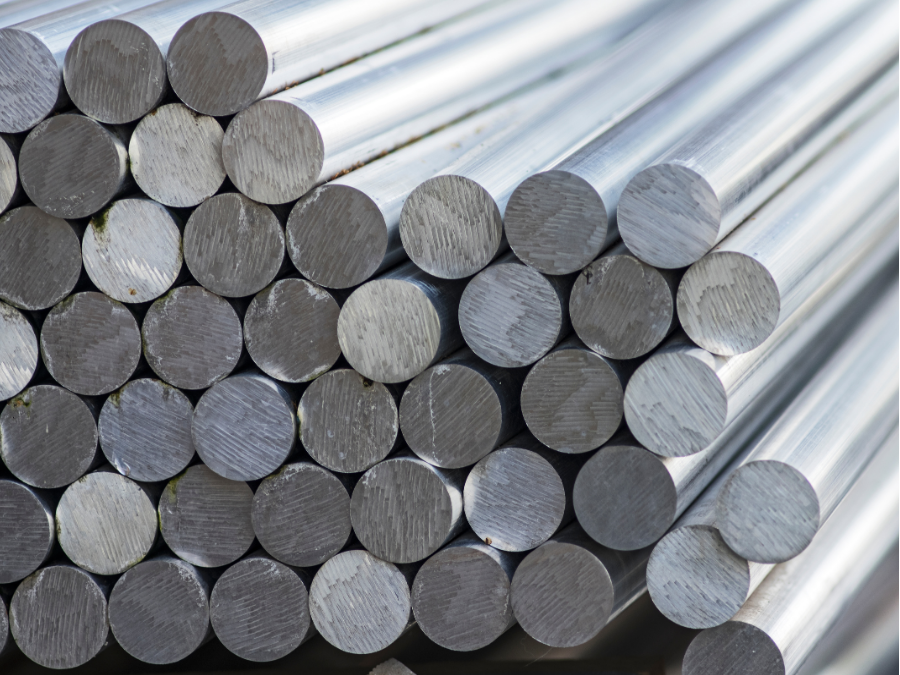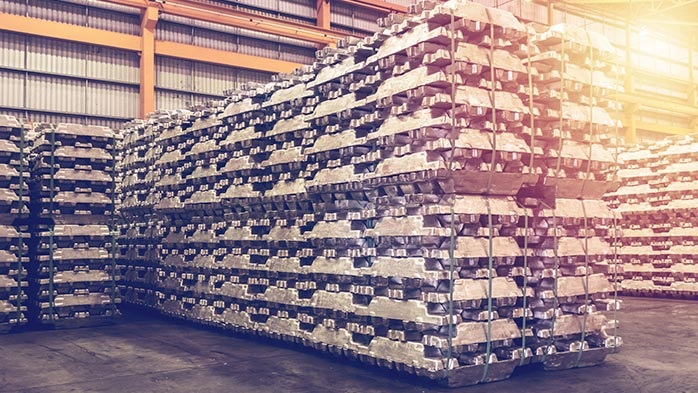Aluminum

CRU aluminum news roundup: DOE funds new Century smelter, Midwest premium firms
Written by Marziyeh Horeh
March 28, 2024
US DOE announces major funding for decarbonization projects
The Biden administration this week announced landmark industrial funding to support potentially transformational industrial decarbonization projects. In total, thirty-three projects across eight industrial sectors will receive up to $6 billion in federal funds from the US Department of Energy’s (DOE) Office of Clean Energy Demonstrations (OCED).
The program also aims to stimulate an even larger influx of private capital by requiring half or more of the cost of each project be covered by non-federal funding. The goal is to support large-scale decarbonization projects in the industrial sector. The selected projects will enter cooperative agreements with DOE, which means they will undergo engineering design, development, permitting, and construction in close coordination with DOE over the next three to seven years.
In the aluminum and metals category, a total of five projects have been recognized, representing more than $900 million in federal investment. The following companies were granted funding – Wieland Recycling, Century Aluminum, Constellium, Golden Aluminum, and Real Alloy Recycling.
Iron and steelmakers also received significant funding from DOE.
Perhaps the biggest news on the nonferrous side was this: Century Aluminum declared earlier this week that it would use these funds to build the first new US primary smelter in 45 years. More details on that project are below. As for the other projects, more can be found on the DOE website.
Century receives $500M for new US smelter
Century Aluminum announced this week that it had been selected by the US Department of Energy (“DOE”) Office of Clean Energy Demonstrations to begin award negotiations for up to $500 million to build a new aluminum smelter. Century’s Green Aluminum Smelter Project is one of 33 projects across more than 20 states to receive funding designed to demonstrate commercial-scale decarbonization solutions needed to move energy-intensive industries toward net-zero CO2 emissions. With the help of this funding, Century plans to build the first new US primary smelter in 45 years, the statement said.
“We are extremely proud that the DOE has selected Century’s Green Aluminum Smelter Project to receive such significant support, and we are excited to continue moving this transformational project forward,” Century CEO Jesse Gary said.
Century expects to build this new smelter at a site within the Ohio/Mississippi River basins. The project is expected to create more than 1,000 full-time jobs represented by the United Steelworkers and more than 5,500 construction jobs. Century plans to collaborate with job training organizations and local technical colleges to recruit and train employees from the local community where the smelter is located.
Constellium gets $75M for low- to no-emission casthouse
In similar news, Constellium also announced that its facility in Ravenswood, W.Va., was selected by the US Department of Energy for funding of up to $75 million as part of the Industrial Demonstrations Program (IDP). This investment will help fund the implementation of breakthrough low- to no-emissions technologies in Constellium’s Ravenswood facility. It will support the decarbonization of the casthouses, the plant’s most energy-intensive operation.
This investment will support the installation of low-emissions SmartMelt furnaces that can operate using a range of fuels. Those fuels include clean hydrogen, which could pave the way toward a zero-carbon casthouse. In addition to reducing carbon emissions, the project is expected to help maximize recycled scrap intake and to improve worker safety with the introduction of a hands-free casting process.
Built in 1957, and employing more than 1,200 workers, Constellium’s plant in Ravenswood is one of the world’s largest aluminum rolled products facilities. It produces plate, sheet, and coil products for aerospace, defense, transportation, marine, and industrial uses.
Constellium Ravenswood will enter negotiations on the specific terms of the investment. That includes operational milestones as well as the timing of access to funds throughout the life of the project – which is estimated to be approximately five years. The final details of the project investment are subject to these negotiations.
Optimism, Baltimore bridge collapse firm US Midwest premium
The US Midwest premium is still trading between 17.5–18¢/lb. But the feeling in the market has shifted. Rolled products shipments have started the year off better than expected as more volume shifts onshore. Perhaps the most notable market is can sheet, where current domestic shipment trends are outpacing 2022’s frenetic pace. While overall consumption has yet to pick up meaningfully, the shift to onshoring a growing share of VAP consumption will provide support for a higher premium. On the CME, trading for April sits just above 20¢/lb, while later dates in 2024 have risen to just over 22 ¢/lb.
The recent collapse of the massive Francis Scott Key Bridge near the main port in Baltimore, Md., is the latest in a long line of supply chain disturbances challenging the market. Over the past two to three years, just over 22% of total primary aluminum imports came in through the Baltimore port, with April being a historically very busy month. Thus, this may create delays and increase costs if there is a significant delay in reopening the waterway.
However, the is expected disaster to cause only short-term disruptions in supply chains because shipments to Baltimore are likely to be redirected to other ports such as New Orleans or Houston. The near-term impact could be a short-term increase in nearby premiums.
This article was first published by CRU. Learn more about CRU’s services at www.crugroup.com/analysis.

Marziyeh Horeh
Read more from Marziyeh HorehLatest in Aluminum

AMU: Prysmian’s Encore Wire breaks ground on TX facility expansion
Prysmian’s groundbreaking for a 650,000-square-foot, medium-voltage cable facility on Encore Wire’s Texas campus marks a big development in the aluminum wire and cable sector.

AMU: Canada tightens trade policy on tariff tensions
The moves include reciprocal procurement restrictions, import quotas, and the formation of stakeholder task forces for aluminum industries.

AMU: The art and science of Midwest Duty-Paid Premium discovery
Hashing out duty costs

AMU: Bumper-to-bumper breakdown of aluminum’s changing role in vehicles
Some aluminum parts are being replaced by steel. And more manufacturers are salvaging what they can before sending vehicles to recyclers.

AMU: Tariff whiplash as 50% taxes join the melt mix
Just when we thought we’d get a breather from tariffs news, we’re back in the thick of it.
